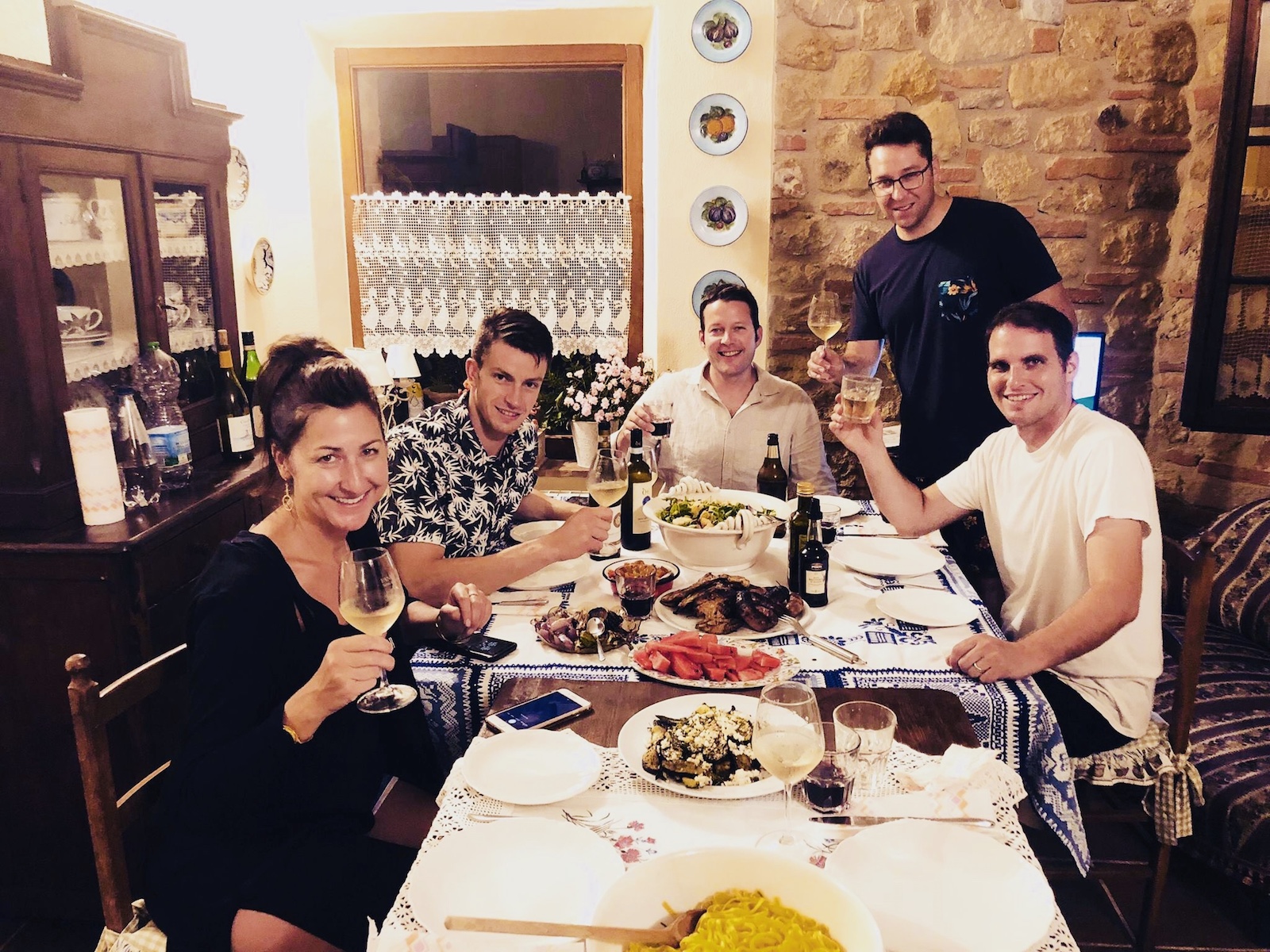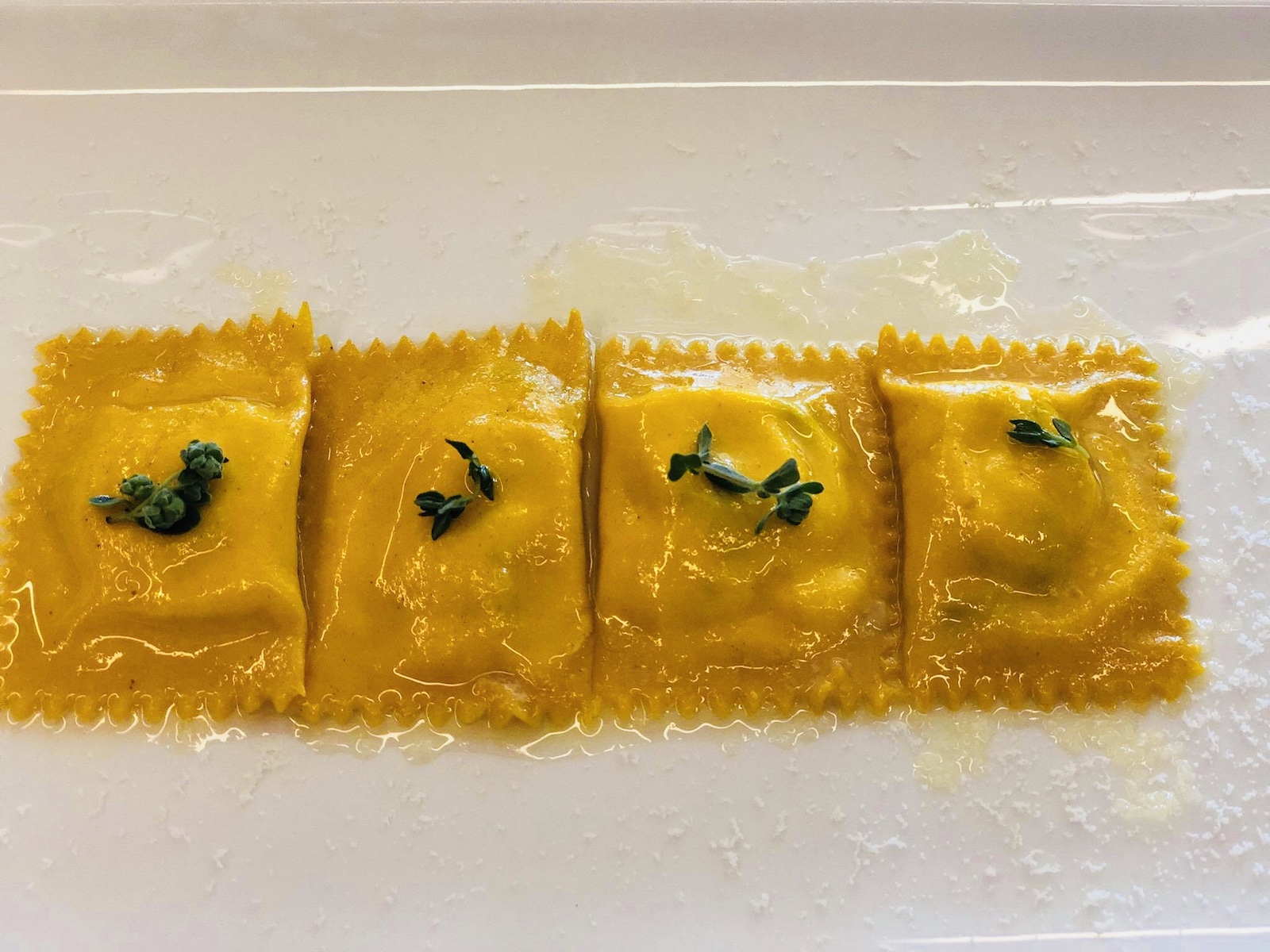The Local newsletter is your free, daily guide to life in Colorado. For locals, by locals.
“When I first went to Italy, it was like Oh my God,” says Barolo Grill owner (then-employee) Ryan Fletter of the inaugural 1995 trip that the restaurant staff took to the Boot. “It’s one thing to taste the food and try these wines in the restaurant, but going there was completely eye-opening.” Fletter, who now proudly helms the 26-year-old dining institution, has continued the tradition of traveling to Italy with the Barolo crew on an annual summer pilgrimage.
Fletter offers the trip to any Barolo employee who’d like to go and can afford his or her own airfare. The restaurant covers all remaining expenses, asking that employees who attend the trip continue to work at the restaurant for at least a year thereafter. “We have sort of a gentleman’s agreement that you’ll stick around,” Fletter says. “It’s kind of like the mother yeast—you’re feeding it for the next year.”

Fletter and Co. change up the trip itinerary year by year—although they always return to Piedmont, home to the restaurant’s namesake commune. This year’s 12-day journey took a 10-person group—comprised of Fletter, members of the kitchen crew, sommeliers, and a few waitstaff—through Tuscany, Emilia-Romagna, and Piedmont. Part one, written by Fletter, covers the group’s time in Tuscany.
Part One: Tuscany
We arrived in Toscana, ready to begin soaking up our stay in Italy. We were staying at a 16th-century farmhouse that had been turned into an “agriturismo” [a working farm designed to receive guests] near the town of Montepulciano, where some of the region’s best wines are produced. The property had endless lavender bushes surrounded by buzzing bees and rosemary bushes the size of evergreen trees. Everywhere you walked, you could smell fresh herbs and flowers and hear the percussion of the cicadas.
After a quick plunge in the sky-blue swimming pool (our first mission), we set off on Mission Two: a visit to the local market to see what we could bring back to cook in our farmhouse kitchen. Barolo Grill’s executive chef, Darrel Truett, was incredibly inspired by bounty at the market. We found heaping piles of heirloom tomatoes, fresh zucchini and squash blossoms, endless selections of pecorino cheeses, and peaches, apricots, and watermelons everywhere!
Ideas began pouring in for menu items: from colorful, plump heirloom tomatoes for fresh salads to crushed tomato sauces with warm pillows of potato gnocchi. I was particularly excited about the idea of fresh tagliatelle pasta with grilled summer squash, laced with golden orange squash blossoms.
Next, we were off to visit a few wineries. Since the 19th century, the Fanetti family has had the Tenuta Sant’Agnese, which houses the Cantine Fanetti winery, an absolute classic in the area. The fifth generation daughter, Giudita, works in the cantina with her mother, Elizabetta. They received us with glorious hospitality and began to prepare a classic Tuscan lunch called “pranzo.” We started with traditional bruschetta with fresh heirloom tomatoes. Giudita and Elizabetta rubbed crisp Tuscan bread with garlic, only to discard the clove after it had transferred its essence to the bread. They drizzled their estate-grown and -produced extra-virgin olive oil on top of everything; their fields of olive trees produce world-class olive oil, as peppery and green as the leaf-hopping cicadas that sang in the trees above us.
We then moved into the “primo piatto,” which, in this case, was a classic plate of “pici” pasta with spicy tomato sauce that Giudita’s grandmother had been rolling out in the cucina. Pici pasta is the local pasta of Siena province, made up of long, hand-rolled shoestring noodles that are almost spaghettilike, but twice as thick and pencil-sized. Nonna topped it off with Pecorino Toscana, the local sheep’s milk cheese, shaved so thinly it melted instantaneously into a sheer blanket as it landed on the noodles.
We continued the meal with steaks of chianina, the local, prized beef of the area. We drank multiple reserve vintages of Vino Nobile di Montepulciano DOCG (a designated wine area wherein the winemakers followed strict methods of production): 1999, 2003, 2007, 2010, 2014. We finished with a special prize—a 1980 vintage—brought up to showcase the longevity of the cellar. The 2010 Vino Nobile is now available by the glass at Barolo Grill.
After pranzo, we toured ancient underground wine cellars on the property. The ceilings were laced in prehistoric seashells, from a time when the sea sat on top of those soils. We then returned to our farmhouse to take another plunge in the pool before cooking our next meal from local market fare. We were all anxious to fire up the grills, boil fresh pasta, and indulge in the glorious sunset views of Montepulciano while drinking Vino Nobile long into the evening.
Tune in next week for Part Two of the Barolo Team’s pilgrimage.










